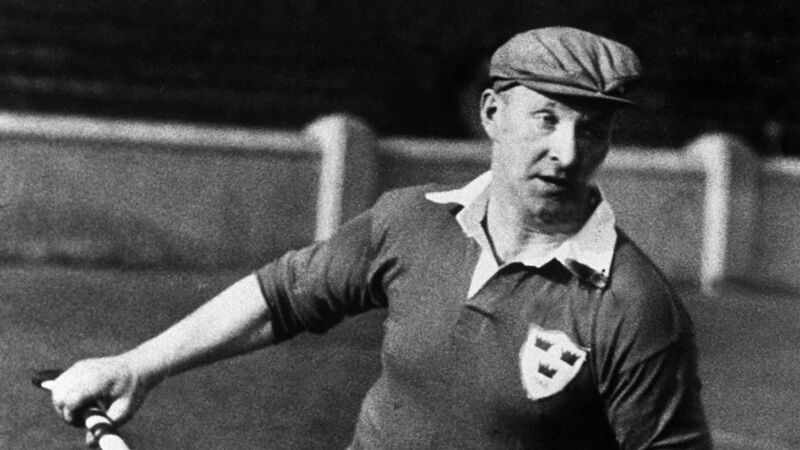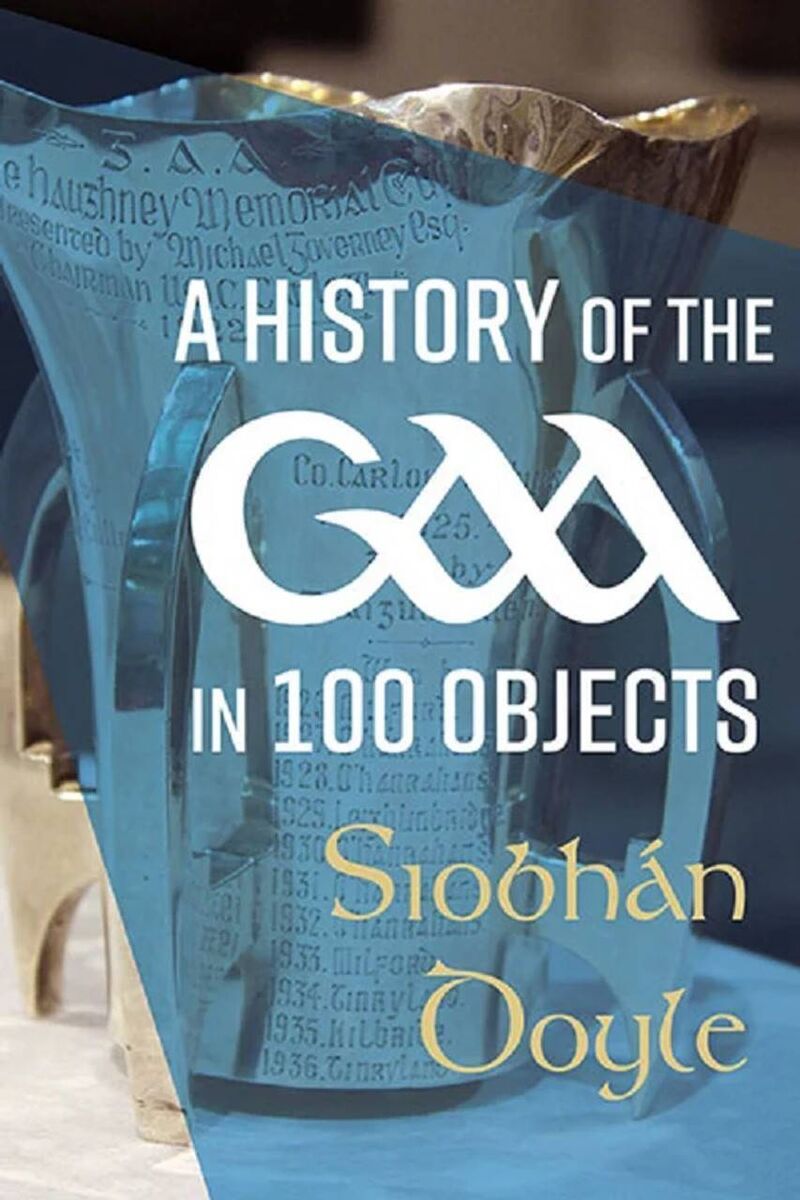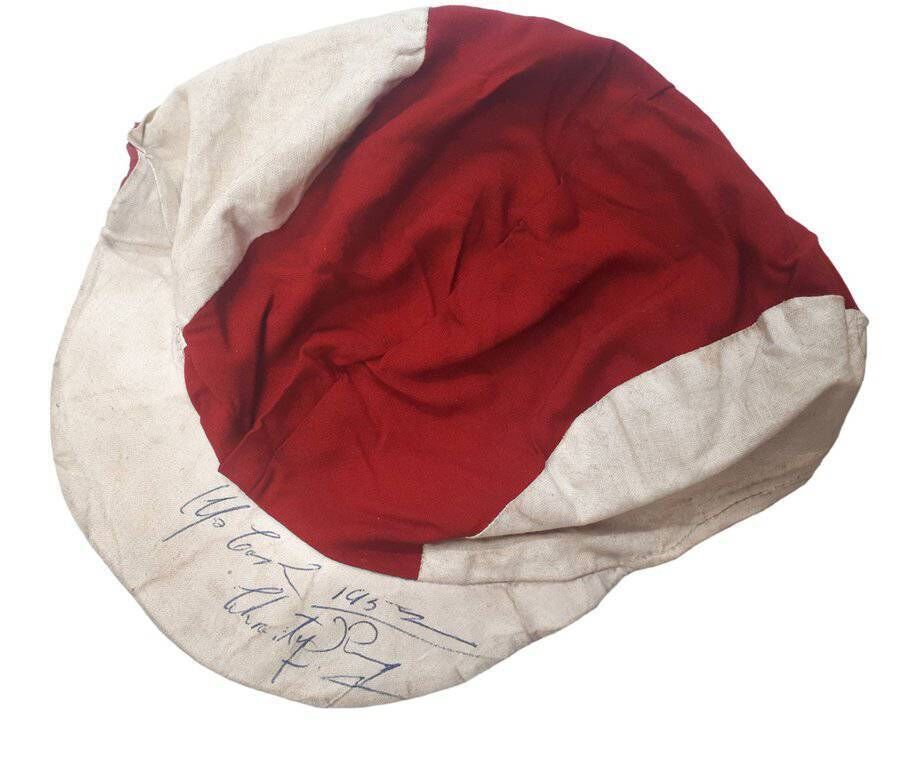Paul Rouse: Preserving the things that matter most

MINDING HISTORY: Cork Hurler Christy Ring. Pic: Connolly Collection / SPORTSFILE
Every object has a story. It has an age; it is made of something; it has a meaning.
Collecting objects to tell a story is the central purpose of any museum. And the popularity of museums all around the world gives eloquent testimony to just how important objects are to people.
This is true for individuals for whom a particular object can be of such personal importance that it evokes the strongest memories and emotions; it is also true for groups of people for whom an object or collection of objects are fundamental to their place in the world. This group might be a nation or it might be related to religion or trade unionism or whatever means people found of acting together.
Essentially, to state the blindingly obvious, things mean an awful lot to people.
If you have any doubt about that, think about the Shroud of Turin, a piece of linen that for centuries was said to be the burial garment of Jesus Christ. It is more than 14ft in length and has markings that appear to show the eyes and crucifixion wounds of Jesus, including various stains of what is said to be blood. The shroud was first recorded in the 14th century (when it was in the hands of A French knight named Geoffroi de Charny) and since the 16th century it has been held in the cathedral of San Giovanni Battista in Turin.
Carbon-dating investigations organised by the Vatican actually date the shroud to the mid-13th century at the earliest, but – in the way of these things – a certain doubt was then cast on the accuracy of the tests and Catholics continue to venerate the shroud as an inspiring image of Christ.
More recently, Russian officials and soldiers took the bones of Potemkin, the lover of Catherine the Great, from Kherson. The context of this is that when Russia invaded Ukraine in February, Putin had invoked Potemkin’s 18th-century vision of a vast Russian Empire. His bones had lain in a crypt beneath St. Catherine’s Cathedral but were removed in the days before Ukraine recaptured Kherson. The Russian-appointed head of the Kherson region, Vladimir Saldo, said on Russian television: “We transported Potemkin himself.”
The truth is an obvious one: for good or for ill, whether genuine or forged, objects matter hugely in so many different ways.
This is something that Siobhán Doyle has brought brilliantly to life in her book ‘A History of the GAA in 100 Objects’. A cultural historian who works in the National Museum of Ireland and has lectured in Design History, she is perfectly placed to explore an area of the history of the GAA that has previously been largely overlooked.

And the beautiful book that Siobhán has produced tells the story of the GAA in an entirely different way than any previous book on the Association and its games.
It is difficult to know where to start to offer a proper reflection of the depth of history on offer here. There are paintings and hurling balls, maps, manuals and murals. There are cigarette cards, cardigans, sleeveless jerseys and napkins.
It is inventive and endlessly interesting. There is the collection of handballs kept at the Kilmainham Gaol Museum; this was a game played in the Gaol by Éamon de Valera when he was imprisoned there during the Civil War.
And there are the protective goggles worn in the 1930s by John Joe Doyle, a Clare hurler from Newmarket-on-Fergus. Doyle wore glasses and he made the goggles to protect those glasses in order to play the game he loved.
Inevitably, Doyle became known as ‘Goggles’. He kept the goggles after he finished playing (having hurled for Clare from 1926 to 1938) and was overjoyed by the success of Clare hurling in the 1990s, joining the players in the dressing room after their All-Ireland semi-final victory that year.
In the middle of the book there is a reproduction of Dóirín Mhic Mhurchú’s handmade press pass from the 1970s. She was Raidió na Gaeltachta’s first female sports reporter and Siobhán Doyle reveals just how ground-breaking a life she led.

It should be noted in passing that Mhic Mhurchú – playing on the same team as her daughter – won a Waterford junior camogie championship in 1974, while a grandchild watched from the sidelines.
In terms of her journalism, the book tells of how Dóirín Mhic Mhurchú was initially refused entry to the press box in Semple Stadium because a steward thought she had strayed into the seats by accident. On being informed that the seats were reserved for the press, she replied simply: “I am the Press!” She went on to spend 40 years filing match reports and other sports content for the station. She travelled around on a Honda 50 and in latter years she finished her reports with a trademark signature: “Dóirín Mhic Mhurchú anso, sa Rinn.”
As an aside, the manner in which Raidió na Gaeltachta inserted itself into the life of the Gaeltacht and then beyond is also recorded in another recent book, Dáithi de Mórdha’s ‘Raidió na Gaeltachta: Cultúr agus Pobal’. From the two hours of daily radio produced in the first through to the round-the-clock service now available, there is nothing quite like it. And if anyone wishes to understand the importance of the broadcasting, the sheer quality and intelligence of what is on offer they should listen to Helen Ní Shé’s recent interview with Piaras Mac Einrí on the ‘Saol ó Dheas’ show which brilliantly explores the relationship between social media and truth.
In respect of Siobhan Doyle’s work, it must be noted that she finished her introduction by acknowledging “those who have collected, cherished and shared” the objects included in her book. This is exactly right; there is no history without the commitment of people to preserve the things that matter to their lives. And this book is a fitting evocation of just how important the GAA is to the lives of generations of Irish people.








